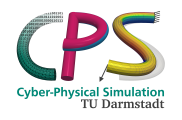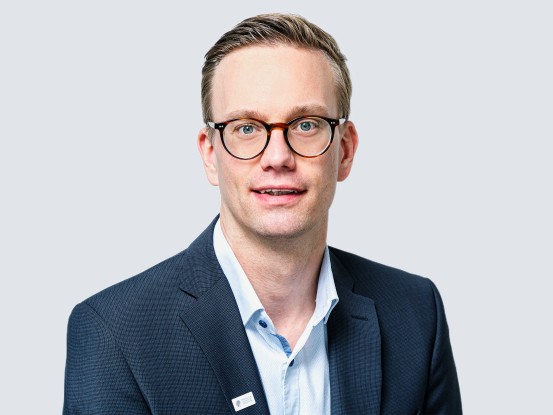Multiphysics modeling and numerical investigation of thermo-electro-elastic lattice structures
Masterthesis, Bachelorthesis, Advanced Design Project (ADP)
The damaging impact of fossil energy sources on climate change and its drastic and potentially catastrophic influence on our daily lives has led the scientific community to search for sustainable and environmentally friendly alternatives. These usually use energy conversion technologies to transform natural energy sources into useful electric power under the premise of CO2 neutrality. Additionally, they often overlook one main principle of enviromentalism: energetic waste management. As a matter of fact, over two-thirds of the worldwide total energy consumption is released as heat output. One way of turning waste heat into electricity is the use of thermoelectric generators (TEGs).
Due to the fact that three-dimensionally architected TEGs are a fairly recent research topic, there is still little understanding of their thermo-electro-elastic behavior. Additionally, commercially available models with coupled thermo-electro-elasticity multiphysics packages are usually based on 3D continuum finite elements and are therefore computationally extremely expensive. Consequently, this project should provide essential steps towards the efficient modeling of lattice-based TEGs and is therefore aimed at closing the existing gap in the literature.
Potential topics
This work should compare the thermo-electro-elastic behavior of lattice structures modeled with 3D continuum elements against analogous lattice structures based on computationally more efficient beam models. Since, for the latter, a model has not been reported yet in the literature, the focus of this work should be first on the development of a coupled thermo-electro-elastic beam theory model that includes arbitrarily initial curvatures, cross-sectional tapering and temperature dependencies of the material parameters. The development of the beam model should build upon the recently proposed beam model by Alzate et al. doi.org/10.2139/ssrn.5139774.




